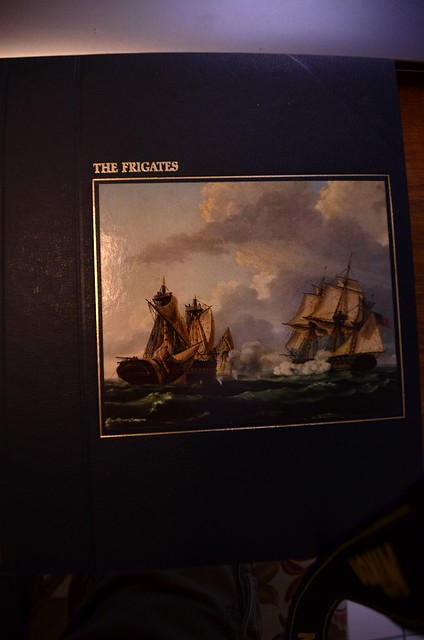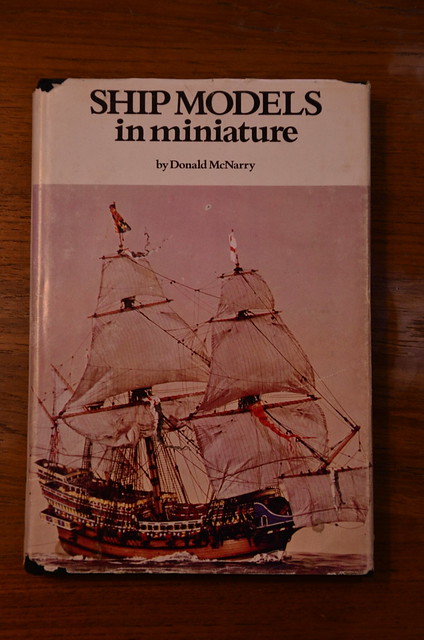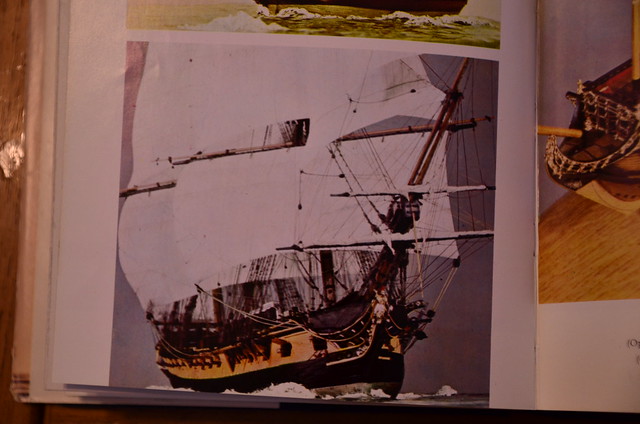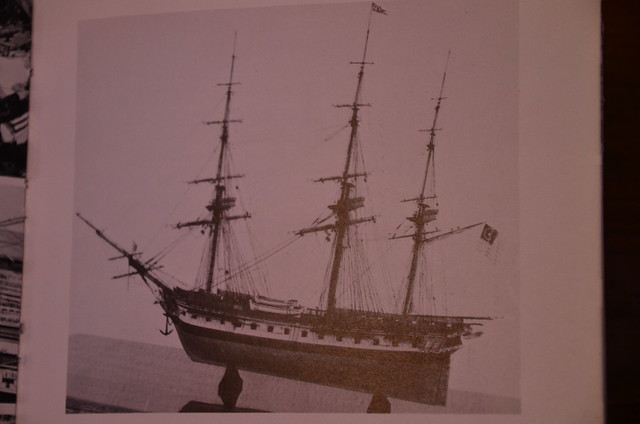Hi Bill,
Thanks! I appreciate your compliment.
Today is relatively quiet, so I'd like toA step back and review some things.
First, a list of references I have been using for my last build and this current build:
A Most Fortunate Ship
by Tyrone Martin, Commander USN (Ret)
Old Ironsides, the Rise, Decline, and Resurrection of the USS Constitution
Thomas Gillmer with illustrations by William Gilkerson
Rigging Period Ship Models
Lennarth Petersson
USS Constitution Old Ironsides
Photography by Steve Dunwell
Anatomy of the Ship - The 44 Gun Frigate USS Constitution
Karl Heinz Marquardt
The Anatomy of Nelson's Ships
C Nepean Longridge
HMS Victory - Her construction, career, and restoration
Alan McGowan
The following two books were very inspirational to me and sparked my initial interest in sailing ships:
The Seafarers: The Frigates
Henry Gruppe and Time-Life editors
 _DSD2164 by Jose Gonzales, on Flickr
_DSD2164 by Jose Gonzales, on Flickr
I mentioned to my wife a short while ago that I used to go to the library on weekends and pore over the Seafarers series of books for hours. Look what she got me for my birthday last month! All 22 volumes!
 _DSD2166 by Jose Gonzales, on Flickr
_DSD2166 by Jose Gonzales, on Flickr
The second book:
 _DSD2158 by Jose Gonzales, on Flickr
_DSD2158 by Jose Gonzales, on Flickr
I got a copy of this book from e-bay recently. Donald McNarry was the premier ship modeler of the 20th century, particularly for small-scale modeling. He built 6 models of the Constitution, all of them portray her early years (Hercules figurehead) and one is a full-sail diorama. They were all built at 1/192 scale
 _DSD2159 by Jose Gonzales, on Flickr
_DSD2159 by Jose Gonzales, on Flickr
 _DSD2161 by Jose Gonzales, on Flickr
_DSD2161 by Jose Gonzales, on Flickr
 _DSD2162 by Jose Gonzales, on Flickr
_DSD2162 by Jose Gonzales, on Flickr
 _DSD2163 by Jose Gonzales, on Flickr
_DSD2163 by Jose Gonzales, on Flickr
I'm finishing up the gun deck with last few details. I kept the fore and mainsail sheets and tack lines rigged on the gun deck, unlike Force9 (Evan), who got rid of the chesstrees and moved the rigging of these lines up to the spar deck. So now, I have to run the Sheet and Tack lines through the chesstrees and holes in the hull, and belay them to some large cleats that I installed inside the gun deck. As mentioned before by you, Bill, the sheets will be quite long, as the ends of the sails travelled a long way from one tack to the other tack, so I'm looking for references regarding how these long lines (braces, sheets) were belayed and coiled. I haven't seen any references to coil baskets on the Constitution, so if anyone has any references or knows anything about this, I'd be happy to take your suggestions.
Cheers!
Jose
Jose Gonzales
San Diego, CA